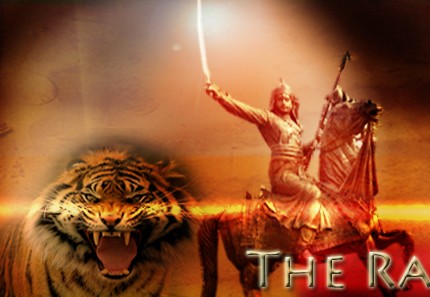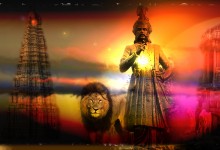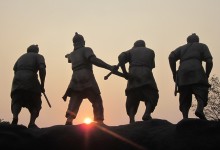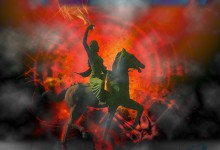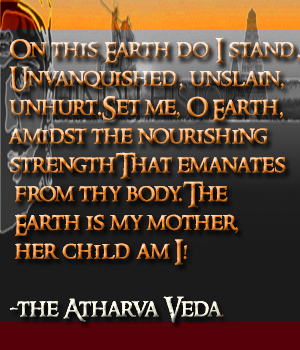Posts Tagged ‘hinduism’
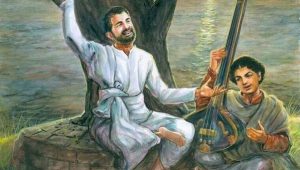
Ramakrishna Paramahamsa : The Eternal Mystic
Ramakrishna was born as Gadadhar into the Vaishnava-leaning pious brahmin family of Khudiram Chattopadhyay in 1836 in the village of Kamarpukur, now in West Bengal, India. This was the period when India was on the th...
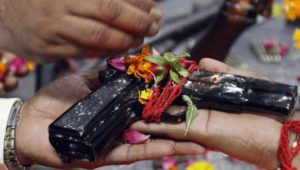
Weapon Worship in India
There is an interesting cultural element of worshipping weapons in India. It is called Shastra Puja or Ayudha Puja, which literally means weapon worship. It takes place during an Indian religious annual festival in September. ...
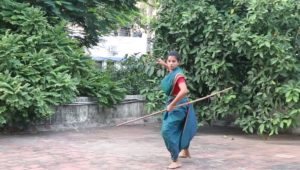
Video : Acing Silambam in a Saree
Most urban, young women today see the saree as a dress for special occasions. Compared to modern attire, the saree is rather restricting and limits one’s movements. Not to mention how difficult it is to get a perfect drape if...
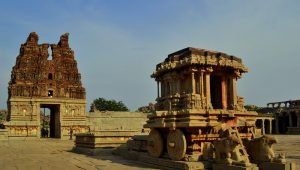
A brief talk on the history of Hampi by Sadhguru
During his travels, Sadhguru makes a stop in Hampi, the historic capitol of the Vijayanagar Empire. Surrounded by magnificent stones, cave carvings over 4000 years old, and exuding an aura of fascination, this city was once des...
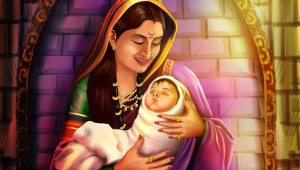
Jijabai: Eternal Mother Symbol of Faith and Courage
featured image by Shilpa Bhoir Jijabai was the mother of Shivaji, one of the most famous and successful Hindu Warrior Kings of all time. The life story of Jijabai, is no less inspiring than that of her prodigal son, and t...

The Importance of Kshatriya Dharma
Where Brahma (spiritual power) and Kshatra (worldly power) move together, may I know that sacred world where the Gods move together with Agni (the sacred fire). Shukla Yajur Veda 20.25 The ancient Vedic seers provided different...
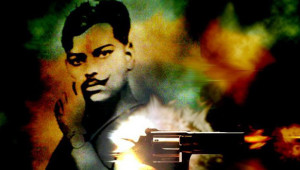
Chandra Shekhar Azad : The Immortal Revolutionary
Early Life Chandra Shekhar Azad was born on 23 July 1906 in Jujhautiya Brahmins family of Pandit Sitaram Tiwari and Jagrani Devi in the bhabara (of jhabua District)|madhy Pradesh. He spent his childhood in the village Bhabhra w...
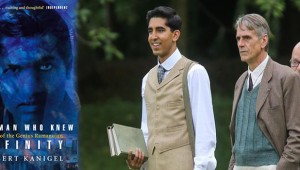
Jeremy Irons joins Dev Patel film The Man Who Knew Infinity
The British actor will star in the biopic of Indian mathematician Srinivasa Ramanujan, to be played by Dev Patel. Ramanujan conducted his mathematical research alone and without formal training, yet made extraordinary contribut...

Sri Aurobindo : The Great Hindu Mystic and Visionary
“The will of a single hero can breathe courage into the hearts of a million cowards “ Sri Aurobindo was one of the greatest philosophers, revolutionary ,mystics and visionaries of modern history. He was a major leader in In...

Bankim Chandra’s Vision
Bankim Chandra brought out the shallowness of modern Indology in two short satirical essays. The poverty of mind at the back of Western scholarship vis-a-vis Hinduism was thus brilliantly portrayed. He also questioned the notio...

